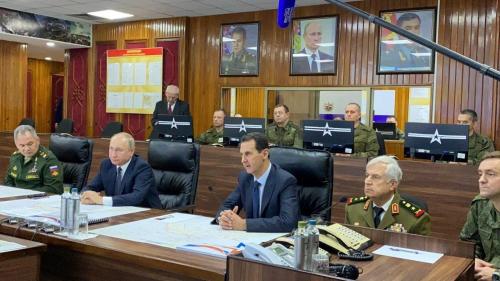EXECUTIVE SUMMARY
The U.S. Department of Defense (DOD) needs a budget formulation process capable of creating budgets that meet national security needs effectively and efficiently. In 1947, the first secretary of defense, James Forrestal, professed embarrassment regarding the budget formulation process he inherited because, at that time, each military service submitted its own budget without following overall guidance or checking for duplication. Forrestal and the DOD’s first comptroller, Wilfred McNeil, made important improvements in the formulation process. Then in 1961 Secretary of Defense Robert McNamara and his comptroller Charles Hitch implemented a major change, putting in place a system that has become known as the Planning, Programming, Budgeting, and Execution System (PPBES).
PPBES examined defense initiatives in program groups (e.g. strategic forces) to minimize duplication, applied analytic techniques to hold down costs while meeting key military requirements, and examined budgets over multiple years to take into account longer term effects. In the early 1970s Secretary of Defense Melvin Laird made an important change to McNamara’s top-down, highly centralized PPBES. Laird provided the military services with fiscal guidance and broad planning guidance and then allowed them to create their own budgets, which Laird and his staff reviewed. This shift probably permitted PPBES to survive to the present day because, unlike McNamara, many secretaries would not have wanted to make most budget decisions themselves.
While the DOD still uses PPBES, it is much criticized. Critics assert that it fails to consider a sufficiently wide range of alternatives and that it creates too much work, in part because of the time spent seeking approvals from stakeholders. Unfortunately, history shows that efforts to streamline PPBES (such as biennial budgeting) have generally not succeeded. Critics also lament the time needed to navigate PPBES, which makes it difficult to integrate rapidly shifting technologies into DOD programs. But PPBES has also provided major benefits to the Pentagon. The system examines initiatives in broad categories which helps identify duplication. PPBES identifies costs of initiatives, measures benefits against broad guidance, and compares costs and benefits systematically over multiple years. PPBES also ensures that voices germane to the budget process have a chance to be heard.
Overall, history and the author’s experience suggest that PPBES has many useful features that should be retained because they clearly have improved DOD budget formulation, especially compared to the system in place in the 1950s and earlier. But PPBES needs improvements. Most critically, the Pentagon needs to persuade Congress to alter PPBES in ways that better accommodate rapidly changing technology initiatives, including budgeting for them in broader categories to provide more flexibility during budget execution.
The author’s advisory role at Booz Allen Hamilton is a paid, part-time position. This paper was not supported financially or otherwise by the company.
-
Acknowledgements and disclosures
The author wishes to thank several people who provided helpful comments and information. These include David Chu, John Roth, Peter Levine, Michael O’Hanlon, and an external peer reviewer assigned by Brookings. The author also thanks Ted Reinert for editing this paper and Rachel Slattery for performing the layout work. The author, of course, assumes full responsibility for all the conclusions and any errors or omissions.









